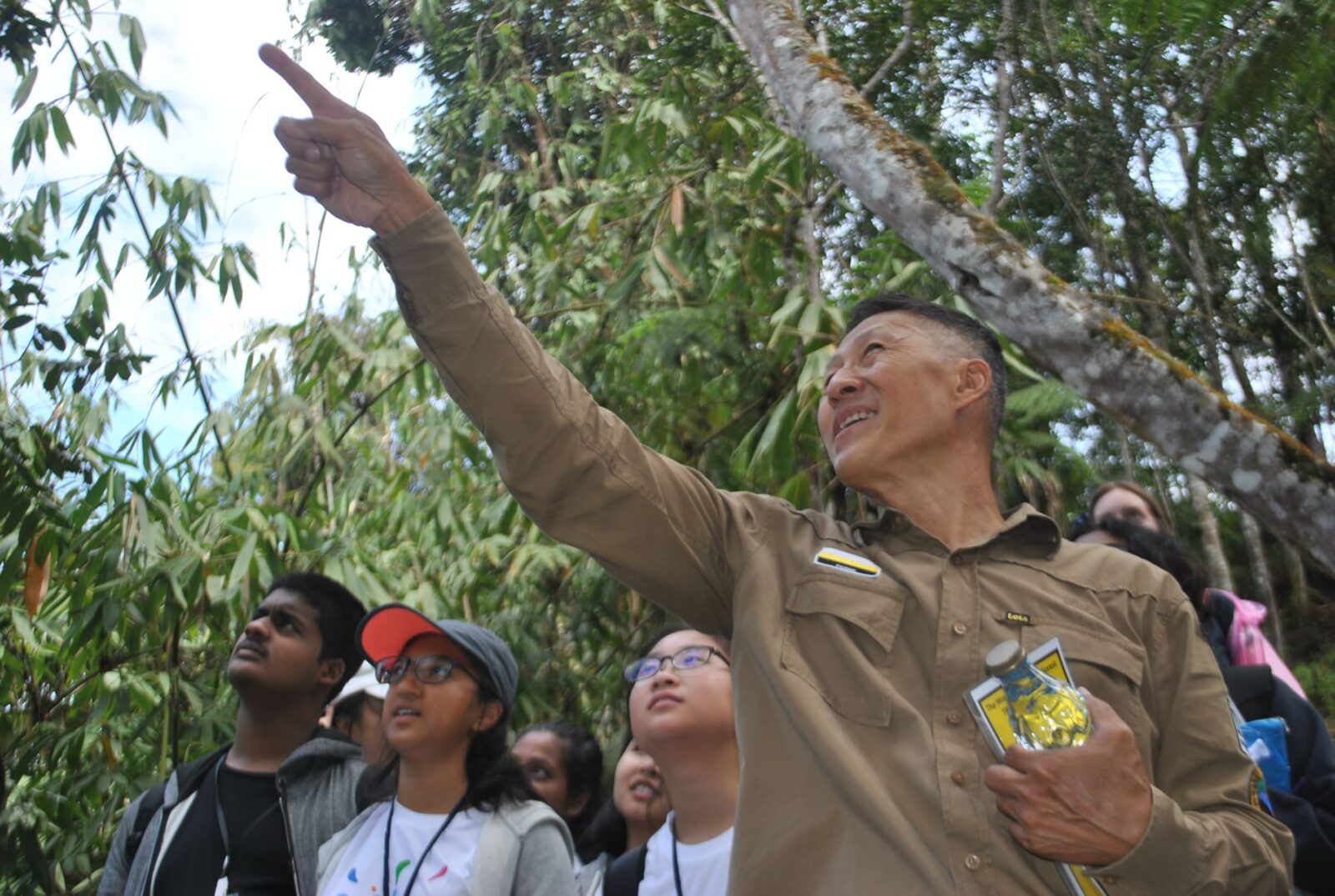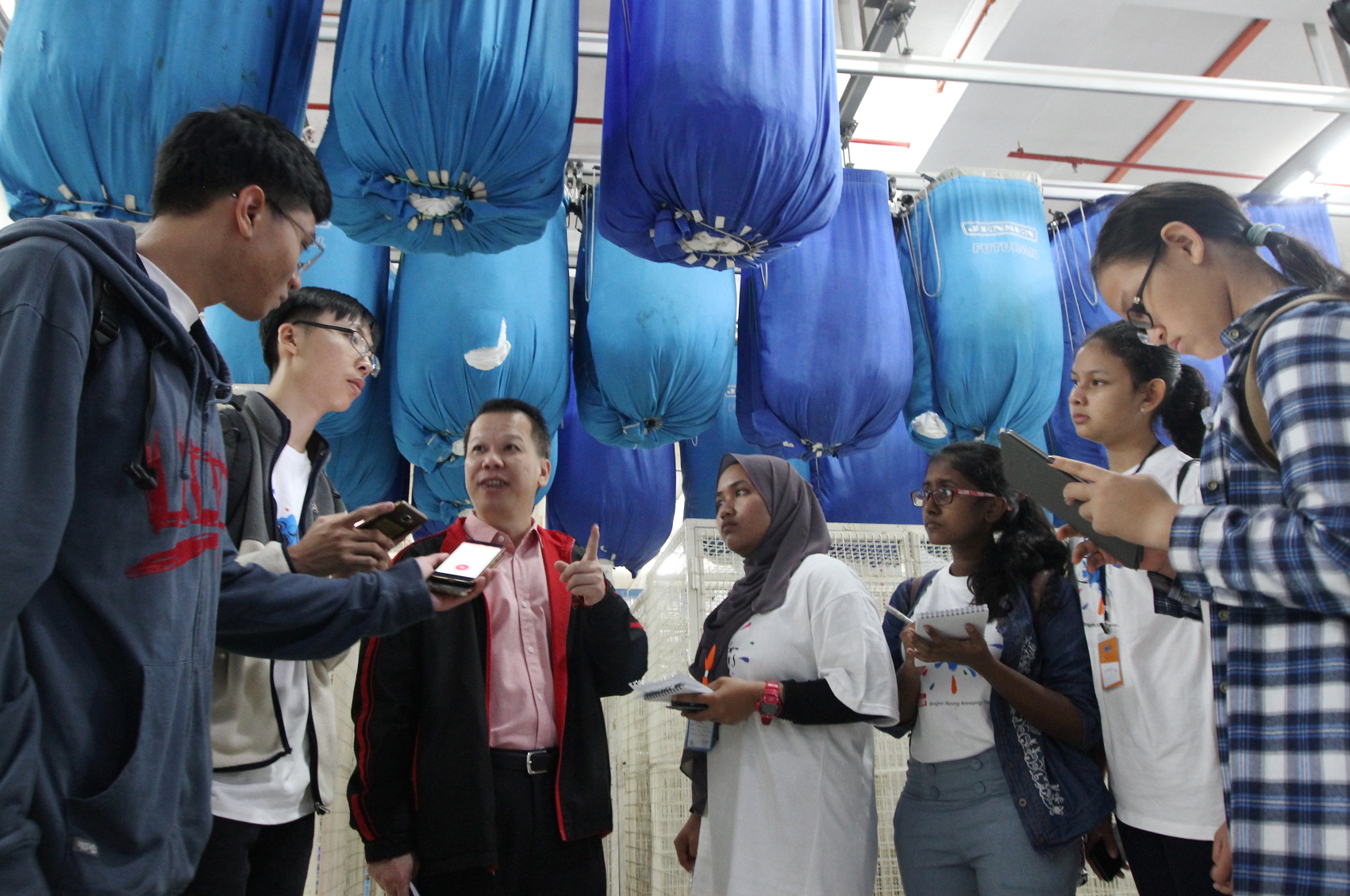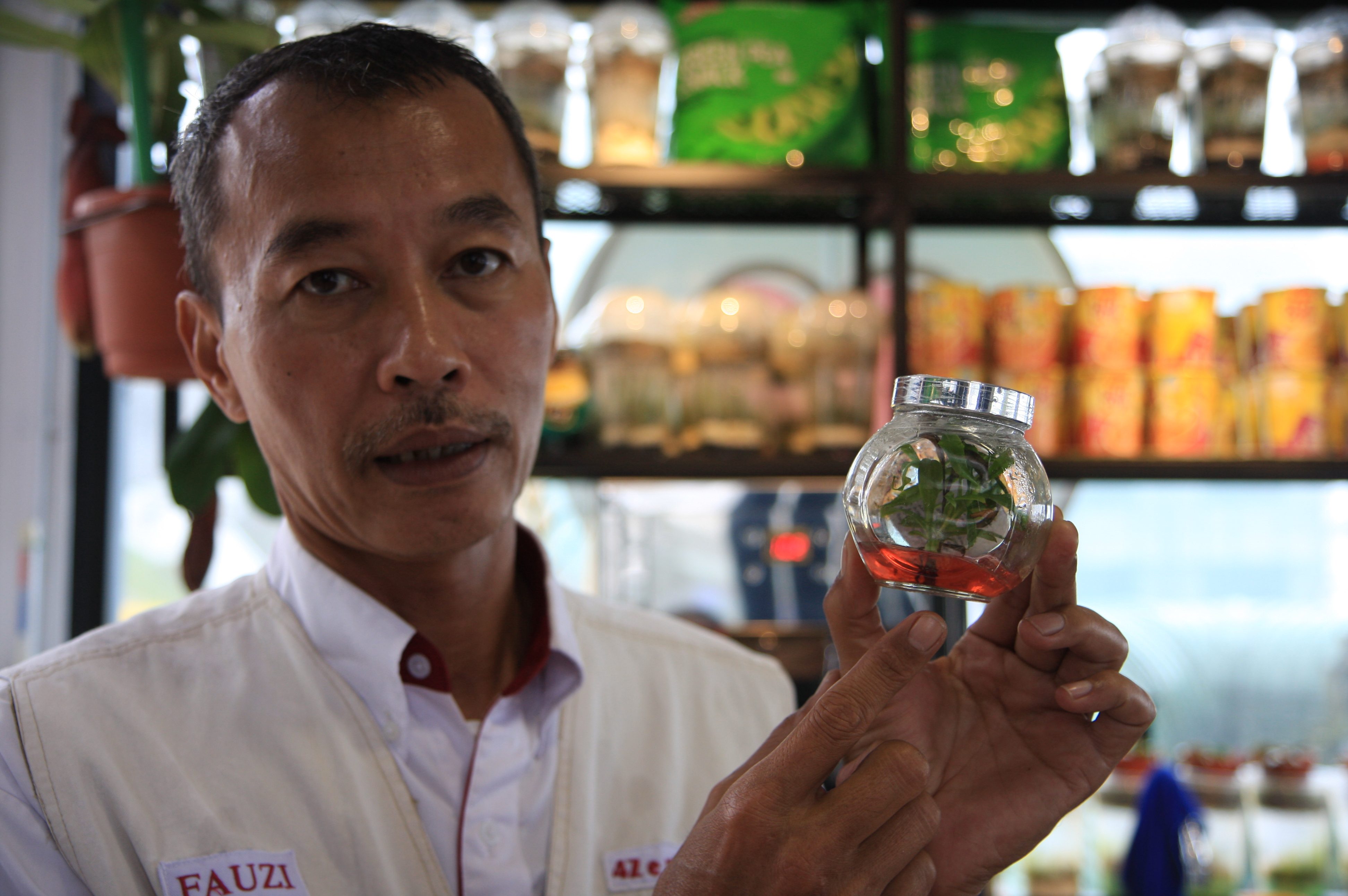NATURALIST Eddie Chan has a novel way of preserving the 130-million-year-old rainforest of Genting Highlands – by enabling it with mobile technology.
Chan, 58, is the caretaker of the 4G, QR code and Near Field Communication-enabled “Fashion Forest” trail at Awana Hotel Genting, which he aims to make the “most fact-filled forest in the world”.
To do that, he has placed QR codes on certain trees lining the trail, which can be scanned to access information, music videos and videos Chan shot of wildlife in the area.
Once a trainer for Malaysian paralympians ahead of the Athens Paralympics in 2004, Chan was bitten by the nature bug in 2013.
Completely self-funded (“We’re funded by EPF – our EPF savings!” he joked), Chan poured his life savings into his conservation-tourism work, the most notable one being the Fashion Forest.
Its name comes from an idea he had when he saw a magazine photoshoot featuring models in a forest. He decided that he would create a forest “runway” for the plants and animals, hence the “Fashion” in its name.
But looks aside, Chan has big plans for the forest: he wants to introduce “Forest TV”, an ambitious livestreaming project that will “bring the forest into every hotel room TV in Genting”.
“I hope my livestreams will expose children to real animals instead of them watching cartoons.
Not content with just Genting, he also plans to use Periscope, a Twitter-based app that allows livestreaming, to garner more interest further afield.
Interest, however, is one of his biggest challenges. Awareness of the Fashion Forest still remains low, even as people throng to Genting Highlands for its cool air and family-friendly facilities.
That’s where Periscope comes in, he said.
“I hope more people will tune in to the Periscope livestream and realise there’s this vibrant forest just waiting to be seen and heard,” he said. “We can be the voice of the forest.”
But even while Chan is working towards realising this dream, he still faces another challenge: conservationists.
“I’m trying to promote conservation-tourism,” he said. “That includes ‘thinning’ the forest to make it more welcoming to tourists, and ‘cleaning’ it of debris like fallen branches and twisted trees that don’t look very pretty.
“But avid conservationists believe everything should be kept in its natural state.”
While they have a point, Chan’s goals include more than just keeping things as they are.
I’m just trying to get more people interested in nature, and one way to do that is to get them to step in first.
Despite the naysayers, Chan said he’s thankful for his partnership with Resorts World Genting as it has allowed him to use private land to carry out his conservation-tourism efforts. As part of this deal, he gives guided tours to curious tourists.
This opportunity, he said, has given him the chance to try his methods and see if they result in more ecological awareness.
Those methods all involve technology: once he’s gotten livestreaming off the ground, Chan has one more plan for the forest: augmented reality.
“I want the Fashion Forest to be the first ‘talking’ forest in the world, where visitors can interact with some form of augmented reality,” he said enthusiastically.
It’s clear Chan has even more enthusiasm for technology than some youth, even using social media as a form of marketing for his beloved forest.
Chan has been actively campaigning for more young Malaysians to help raise awareness of the forest’s rich diversity.
When he takes guests on tours, he encourages them to share information on social media so it could spark their friends’ curiosity.
“While traction is still low, I’m really hoping this movement can plant a tree in someone’s heart,” he said.
The forest needs more voices speaking out for it. Maybe if more people get interested in it, then conservation will follow.






Leave a reply